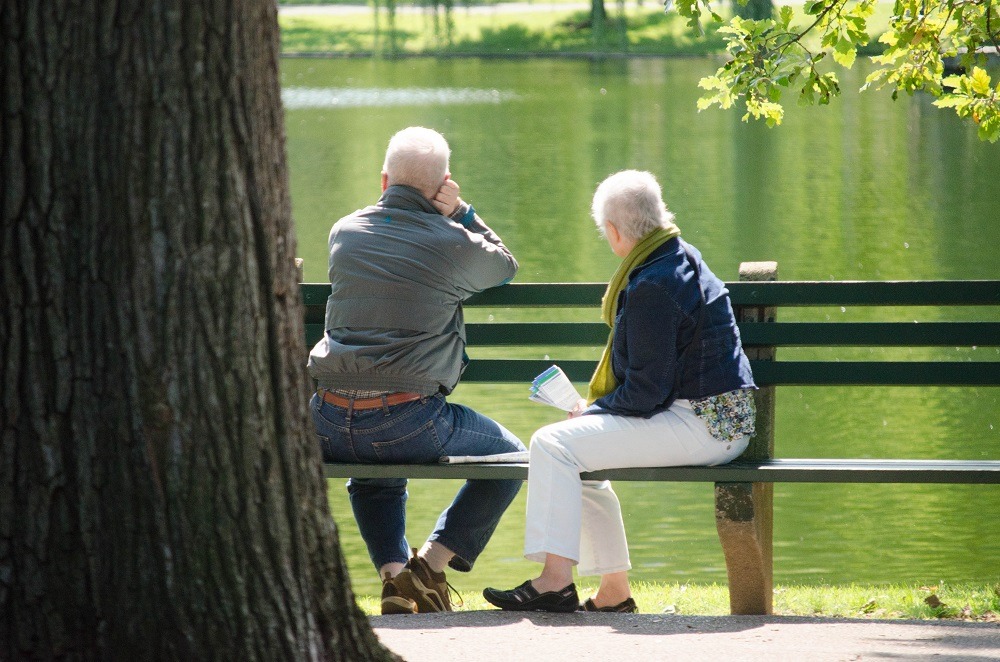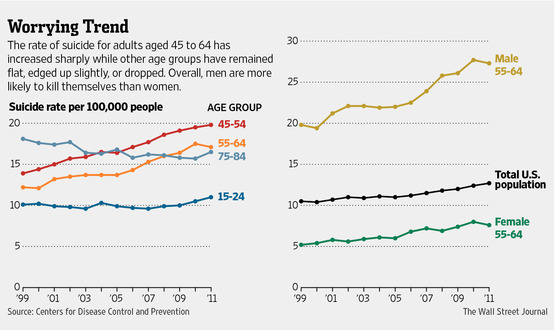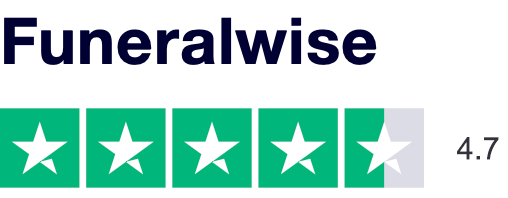
NOTE: This article was originally published in September 2014. While some of the statistics may have changed, elder suicide is still a much too common problem. We urge you to learn more about the issue and open up a conversation with anyone you feel might be in trouble.
It’s been a little over a year since my elderly uncle took my aunt’s life and then his own. When the call came in it took a long time to process the information. This was not a stranger or a faceless name in a newspaper headline. This was family.
Even now there are so many unanswered questions. What could have led to this? Was there a single triggering event? Could something have been done? Were there signs that someone should have spotted?
As surreal as the situation still seems to those of us who knew these people, it is sadly typical. Both were in their mid-80s and in failing health. My aunt was suffering from advanced Alzheimer’s and her condition had deteriorated rapidly. While unconfirmed, there is some evidence that my uncle had received a bad report from his doctor just days before.
Murder-suicide among people 55 and older have increased from 21 percent in 2002 to 25 percent in 2011 of the total murder-suicides in the United States, according to the Violence Policy Center.
Experts say depression, exhaustion and isolation all play a role; often, it’s men who are thrust into the unfamiliar role of caregiver. They may suffer from undiagnosed clinical depression. And if they learn their own health problems put them at risk of dying before their spouses, they may believe that no one else can take care of their wives as well as they can.
Read the full story: Murder-suicide disturbing trend among the elderly
Like the dozens of other families that must grapple with the “what if” questions that occur in the wake of suicide, we’ll never know exactly why my uncle felt he had no other alternative. What we do know, however, is that suicide, regardless of the circumstances, is on the rise among older adults, particularly among men.

In the US, suicide rates are tracked by the Centers for Disease Control. Published statistics lag by a year or more so it’s hard to know just how big a problem suicide for those in middle and elder age is in real-time. Looking at the numbers that are available right now, however, we can see that suicides for those 45 years old and higher are on the rise. Even more troubling is the increase in suicides for men age 55 and up.
In 2011, the highest suicide rate (18.6) was among people 45 to 64 years old. The second highest rate (16.9) occurred in those 85 years and older. Younger groups have had consistently lower suicide rates than middle-aged and older adults. In 2011, adolescents and young adults aged 15 to 24 had a suicide rate of 11.0.
According to the American Association for Marriage and Family Therapy, older adults makeup 12% of the US population, but account for 18% of all suicide deaths. This takes into consideration those individuals who have passed middle age. When we add to that the rise in the suicide rate for the baby boomer generation, the statistic becomes even more troubling.
This is an alarming statistic, as the elderly are the fastest growing segment of the population, making the issue of later-life suicide a major public health priority.
In 2002, the annual suicide rate for persons over the age of 65 was over 15 per 100,000 individuals; this number increases for those aged 75 to 84, with over 17 suicide deaths per every 100,000. The number rises even higher for those over age 85. Further, elder suicide may be under-reported by 40% or more. Not counted are “silent suicides,” like deaths from overdoses, self-starvation or dehydration, and “accidents.” The elderly have a high rate of completing suicide because they use firearms, hanging, and drowning. Double suicides involving spouses or partners occur most frequently among the aged.
So what can we take away from all these statistics?
- Keep the conversation about suicide going. After the death of Robin Williams, we heard a broad national conversation regarding suicide prevention and recognizing the part that depression plays in these tragic losses. We need to continue talking about these issues openly and freely.
- Recognize that suicide affects all age groups. Suicide is always a tragedy, regardless of the age of the victim. Compassion is needed at every level.
- Take any talk of suicide seriously. There is a common misconception that a person who talks about suicide will not follow through with it. Consider suicide talk a warning sign. If you think someone is suicidal, ask them, listen, and get them help.
- Don’t make assumptions. You may have a difficult time believing that a family member could be considering suicide, especially if the person is someone who you have depended on in the past. If you have any questions at all, seek professional help.
- If you think you need help, ask! If you are considering suicide, please, ask for help. If you are suffering due to the suicide of someone close to you, take advantage of the many resources that are out there for you too.
Risk factors for elder suicide include:
- The recent death of a loved one
- Physical illness, disability, or pain
- Isolation and loneliness
- Major life changes, such as retirement
- Loss of independence
- Loss of sense of purpose
Additional warning signs that an elderly person may be contemplating suicide:
- Reading material about death and suicide
- Disruption of sleep patterns
- Increased alcohol or prescription drug use
- Failure to take care of self or follow medical orders
- Stockpiling medications
- Sudden interest in firearms
- Social withdrawal or elaborate good-byes
- Rush to complete or revise a will
Visit the Helpguide.org website
Read more about elder suicide:
Suicide Rates Are High Among the Elderly
One Problem Goes Unnoticed: Suicide Among The Elderly
Baby boomers are killing themselves at an alarming rate, raising the question: Why?
Murder-suicide disturbing trend among the elderly
SUICIDE & ELDER SUICIDE RESOURCES
National Suicide Prevention Lifeline: http://www.suicidepreventionlifeline.org/
National Suicide Prevention Hotline: 1-800-273-TALK (8255)
American Foundation for Suicide Prevention: https://www.afsp.org
National Alliance on Mental Illness: http://www.nami.org/Learn-More/Mental-Health-Conditions/Depression
National Institute of Mental Health: https://www.nimh.nih.gov/health/topics/depression/index.shtml
Suicide Prevention Resource Center: http://www.sprc.org/
National Alliance on Mental Illness: www.nami.org
Do you have something to add to this article? Please leave us a comment.
